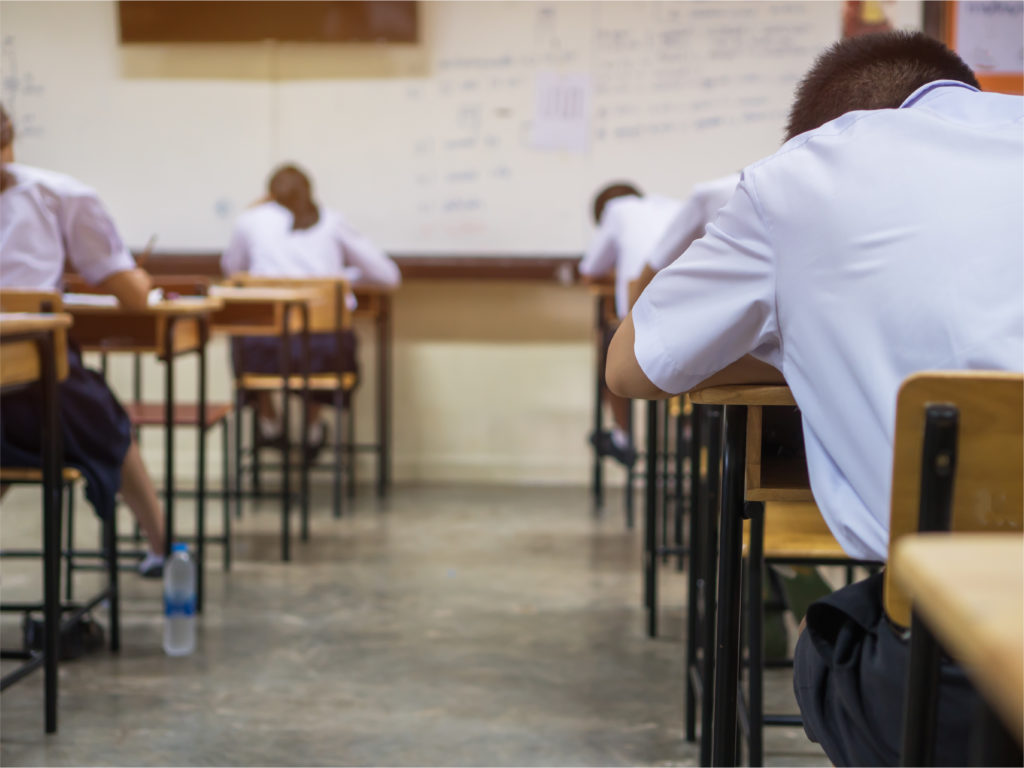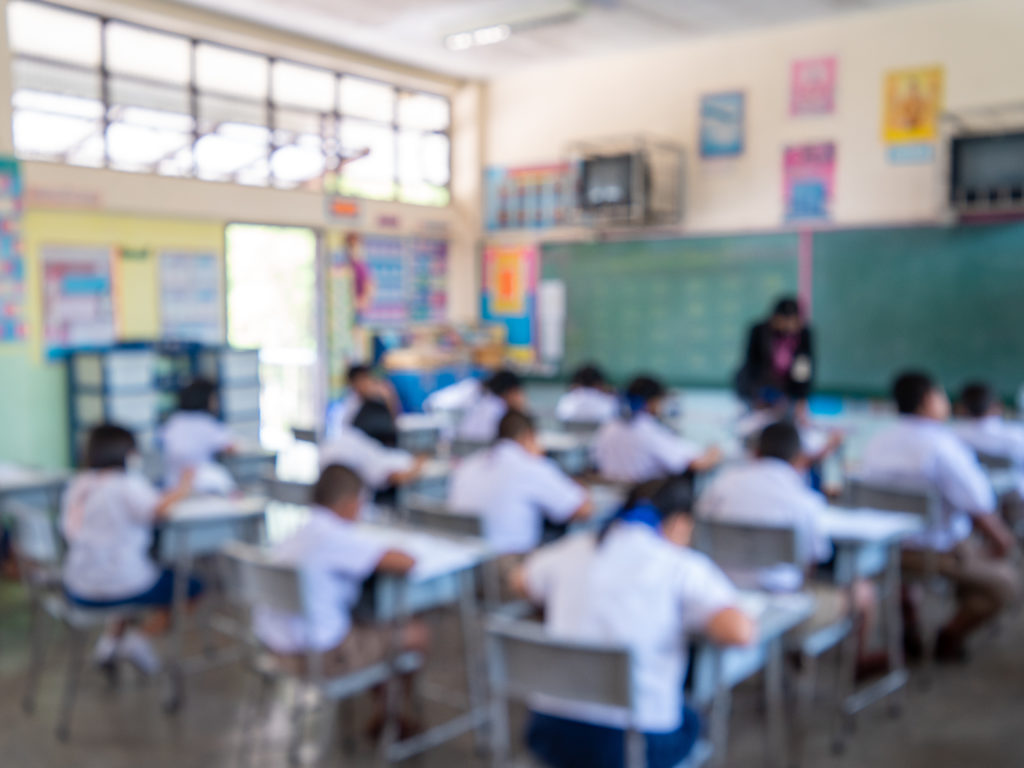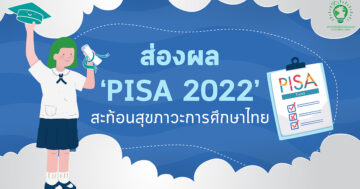In Thailand, education inequality has been a long-standing issue that has become deeply rooted and difficult to solve, and there is no denying that affluent children have a higher chance of receiving a quality education than impoverished children. When it came to competitive tests, rich children performed better. However, there is still a group of children called the White Elephant Children, who are among the bottom 25% of impoverished Thai children who scored in the top 25% of the country on the PISA exam. In Thailand, about 13% of these children are in the bottom poverty, higher than the average of 11.3% for Organization for Economic Co-operation and Development (OECD) nations.

According to an in-depth analysis of PISA test scores for subjects, white elephant students achieved an average of 492 in scientific courses, 487 in math, and 482 in reading. All three subjects scored higher than the average of their peers of the same age with the highest socioeconomic status half to one academic year. Their average scores were higher than their peers with the same level of socioeconomic status for 3-4 academic years. It covers two academic years in science, math, and three academic years in reading, which is greater than the national average for Thai students.

Despite having the lowest socioeconomic status, Thai white elephant children show a strong self-confidence in learning and development, or Growth Mindset (58 percent), which is equivalent to students with the highest socioeconomic status. According to the OECD survey, more than 80% of these white elephant children want to continue higher education, while many consider the level of education at the postgraduate level.
However, just 5% of well-educated children from low-income homes have the opportunity to continue their education after high school. It is around 32% lower than the national average for postsecondary education or equivalent, implying a six-fold difference in educational opportunities. The Equitable Education Research Institute (EEFI), which recognizes the need to expand educational opportunities, funds research to increase educational opportunities and provide hope to impoverished but bright children who have reached their full potential.
According to the research result by Harvard, MIT, and Stanford economists, they explain the core reason for the problem of white elephant children in poverty. Children from low-income families are ten times less likely to have an education than children from high-income families. As a result, whatever their abilities or potential, white elephant children from the poorest homes in the country lack equitable educational opportunities and ecosystems suitable for long-term skill development. Their potential could not be fully developed, and their skills and abilities would deteriorate with time.

The PISA survey also confirms that if Thailand can assist these white elephant children by encouraging parents to have ways to support their children and young people, creating a supportive environment in schools with these children, and guiding further education opportunities, the white elephant group will be able to reach their full potential. Other impoverished and underprivileged children have been motivated to improve themselves and become white elephant children as a result of it. Meanwhile, attempting to overcome difficulties for particular children may appear to be a good idea. When you look at the overall statistics in Thailand, you will see that impoverished children are missing out on higher education opportunities owing to home economic status problems. It is an issue that all sectors must work together to close the gap.

Expanding educational opportunities for this group of children is critical because if action is not taken quickly, this group of children will likely have to drop out of school before reaching their full potential. It’s a massive loss for the country in terms of developing human resources that will assist boost the country’s competitiveness in the future.







